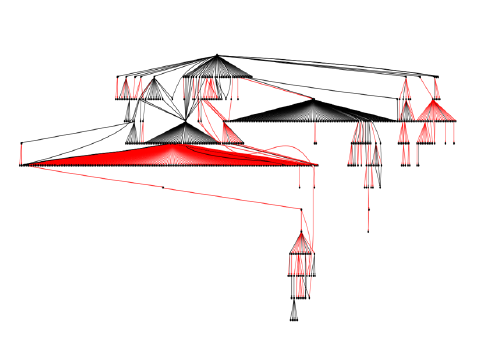The Complexity of Bank Holding Companies: A New Measurement Approach
Published: September 29, 2017
Some bank holding companies are very complex, with hundreds or thousands of subsidiaries. This complexity complicates the job of unwinding a failed bank holding company. In this working paper, OFR researchers propose a new way to measure complexity that can support the resolution process after a bank holding company fails. (Working Paper no. 17-03)
Abstract
Large bank holding companies (BHCs) are structured into intricate ownership hierarchies involving hundreds or even thousands of legal entities. Each subsidiary in these hierarchies has its own legal form, assets, liabilities, managerial goals, and supervisory authorities. In the event of BHC default or insolvency, regulators may need to resolve the BHC and its constituent entities. Each entity individually will require some mix of cash infusion, outside purchase, consolidation with other subsidiaries, legal guarantees, and outright dissolution. The subsidiaries are not resolved in isolation, of course, but in the context of resolving the consolidated BHC at the top of the hierarchy. The number, diversity, and distribution of subsidiaries within the hierarchy can therefore significantly ease or complicate the resolution process. We use graph theory to develop a set of related metrics intended to assess the complexity BHC ownership. These proposed metrics focus on the graph quotient relative to certain well identified partitions on the set of subsidiaries, such as charter type and regulatory jurisdiction. The intended measures are mathematically grounded, intuitively sensible, and easy to implement. We illustrate the process with a case study of one large U.S. BHC.
Keywords: Bank holding company, orderly resolution, complexity, graph quotient
JEL codes: G21, G28, G33, C81
